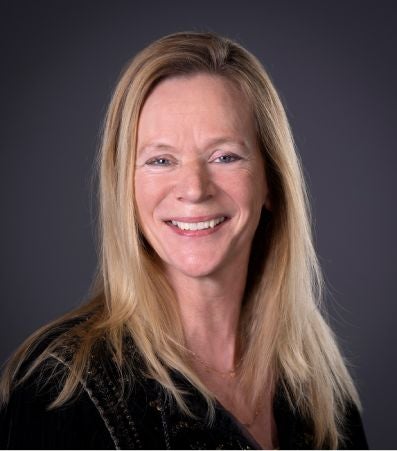For several years, Luuk Terbeek (PhD student and educational advisor VU Centre for Teaching & Learning) has been coordinating a partnership between Gaziantep University (GAUN) and VU Amsterdam for the purpose of implementing Blended Learning within GAUN. This collaboration is made possible from the Stichting SPARK, in addition the Center for International Cooperation (CIS-VU) is also involved. Earlier this year, Luuk visited Gaziantep University (GAUN). This was followed by a three-day study visit by a GAUN delegation to VU Amsterdam in late October.
One of the members of this delegation was Emrah Cinkara (Director of the Distance Learning Research and Application Center, GAUN) with whom Luuk works closely. Emrah explains what appeals to him about blended learning and what is challenging about it:
"We do not have to be at the same place and at the same time with the students and the teachers, so blended learning gives an opportunity. It gives us freedom in terms of time, in terms of location and in terms of the tools we can use. Because in face-to-face classes, traditional classes, the tools we can use for the efficiency of learning are limited tools. The tools are limited to within the classroom, within the physical environment and within the time. With online education you can use all the online tools that are available to you. The important thing here is, as a teacher, to know how you are going to use these tools to achieve the learning objectives for the class."
Emrah has a clear goal for 2025:
"I hope in 2025 most of our teachers will be teaching through a fully blended course environment which they created especially for their learners."
Emrah indicates how the collaboration with VU Amsterdam contributes to this goal:
"The collaboration that we have with VU Amsterdam is multifaceted. There are multiple aspects, and I can say that VU Amsterdam supported us in terms of recognizing the blended learning design: the design of blended learning at program level, at course level and team level. The lecturers here, especially Luuk, in the first stage did online meetings and workshops. After that he visited us in Gaziantep University, and he did some face-to-face sessions with like 20 teachers at Gaziantep University. Now in the second stage, some of our teachers selected from the first stage are out here, and hopefully these teachers will be creating their own blended courses in a better way. We also expect to do some further work, feature work, and in this future cooperation we expect to have a training of trainers activity and in this activity, we expect to combine hands on activities like workshops with the theoretical training. These trainers are going to support or facilitate blended learning activities at Gaziantep University."
The three-day program provided from the VU, served to inspire how at the VU blended learning is implemented. The program was provided by several educational consultants from VU Centre for Teaching & Learning. Karen van Oyen explained VU Amsterdam's Senior Teaching Qualification program; there is no such program (yet) at GAUN. Amrita Das and Selin Yagmur discussed with the delegation how to capitalize different perspectives in the classroom. Sjirk Zijlstra discussed promoting interaction in online teaching. In addition, several other VU employees provided sessions during the program. Dion Dresschers explained experiences from a blended learning support team, Erik Boon provided a session on video in education, Sylvia Moes and Linde Voorend demonstrated how the use of virtual reality can enrich education, and Sjors Keizer provided a session on educational support and open science.
In conclusion, the members of the GAUN delegation reflected on their main insights as acquired during the three-day program, under the guidance of Luuk. Together, they identified which aspects are relevant in the short term complementary to the roadmap that was previously jointly drawn up. What Emrah especially takes away from the program:
"Remember that every individual, every learner, is different and the most probable way to address their individual needs is to design personalized content activities which is not possible in traditional face-to-face learning which makes the blended learning environment so valuable as individual personalized learning."
